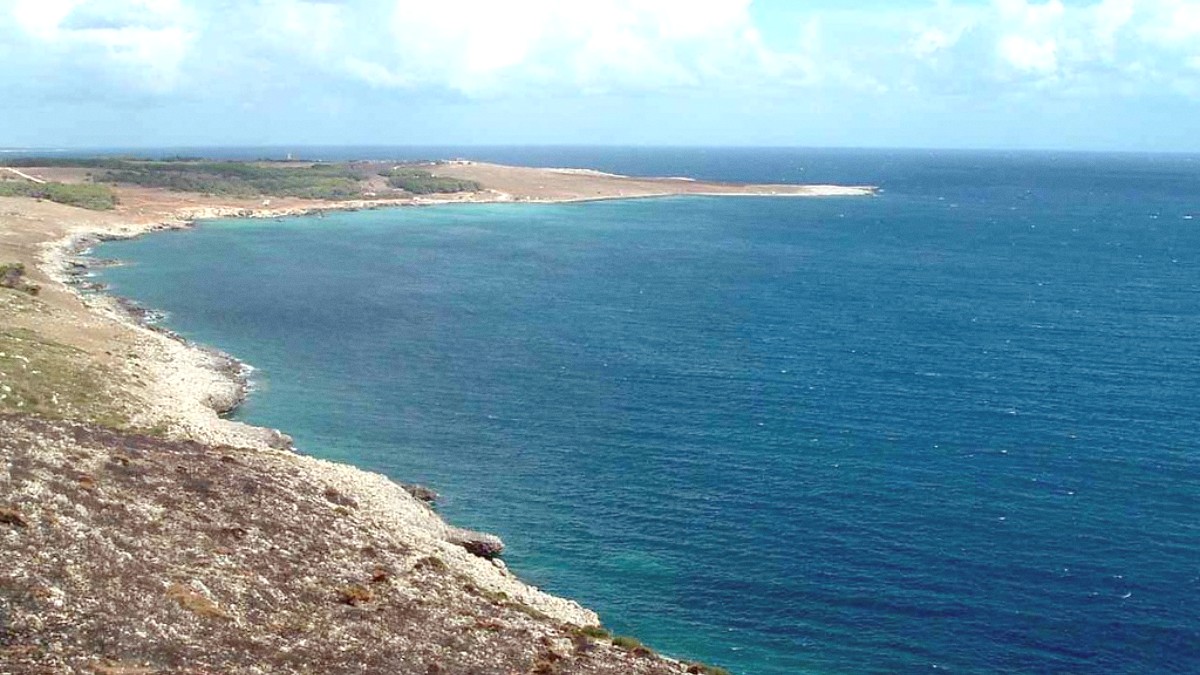
Puglia, Italy
Puglia's history shows subtle influences from various civilizations, yet its culinary identity stays distinct. The focus remains on fresh, seasonal, and local ingredients. Coastal towns, like Otranto, emphasize seafood, while inland areas favor vegetables, legumes, and meat.
Ingredients: Durum wheat for pasta and bread, ample extra virgin olive oil, fresh vegetables (tomatoes, artichokes, fava beans), legumes (chickpeas, lentils), abundant seafood, cured meats, and cheeses like Burrata and Caciocavallo. Flavors are rustic, earthy, fresh, and savory, with common herbs like oregano and basil. Garlic and chili pepper add warmth.
Strong emphasis on seafood ("spaghetti ai ricci," "frutti di mare crudi"). Famous for pastries like "pasticciotto" and savory "rustico leccese." "Fave e cicorie" is a beloved simple dish.
Known for meat dishes like "bombette." Dairy products like burrata and fresh mozzarella are specialties.
Famous for "orecchiette con cime di rapa," a symbol of Puglian cuisine.
Iconic Puglian pasta with sautéed turnip greens, garlic, chili, often anchovies. A staple in traditional trattorias.
Flavor Profile: Earthy, savory, with a slight bitterness.
Hearty, simple vegetarian dish: creamy fava bean puree with bitter wild chicory. A true reflection of "cucina povera."
Flavor Profile: Rustic, wholesome, slightly bitter.
Spaghetti with sea urchin. A fresh, briny seafood specialty, simply prepared with olive oil, garlic, and sea urchin roe.
Flavor Profile: Briny, distinct, delicate seafood.
Puglia is a major wine region, known for robust reds like Primitivo and Negroamaro. Limoncello is a sweet lemon liqueur, good as a digestivo.
Artisanal gelato offers fresh, natural flavors. Fichi Secchi Mandorlati (dried figs with almonds) are traditional sweets. Caffè in ghiaccio con latte di mandorla: iced coffee with almond milk, ideal for summer.
Otranto features several upscale restaurants focusing on refined Puglian cuisine and high-quality seafood with a modern twist. Elegant settings, sometimes with sea views, and extensive wine lists. Reservations suggested.
These are Otranto's dining scene backbone. Numerous trattorias and osterias present traditional Puglian dishes in a relaxed, rustic setting. Balanced quality, authenticity, and price. Many feature pasta, grilled meats, or local seafood.
Plenty of pizzerias offer wood-fired pizzas. Paninoteche (sandwich shops) give quick lunch. Tavola Calda offers hot dishes. Bakeries and pastry shops are excellent for breakfast and snacks.
Small indoor market with fresh produce, local cheeses, cured meats. Good for picking up ingredients for self-catering or a picnic.
Features: Fresh fruits and vegetables; Local cheeses and cold cuts; Ready-to-eat specialties; Experience local life.
Near the port, local fishermen sell fresh catch. See seafood variety or purchase ingredients.
Features: Fresh catch of the day; Direct from local fishermen; Purchase for self-catering; Witness daily local trade.
Limited international restaurants (Chinese, Japanese, kebab) catering to diverse tourist tastes.
For an authentic experience, focus on local Puglian food.
Availability mostly in major cities or larger resorts.
Pizza remains a common non-local option.
Awareness of gluten-free needs is growing. Some restaurants offer gluten-free pasta or pizza. Look for "AIC" (Associazione Italiana Celiachia) sticker for certified friendly dining. It is always best to call ahead or ask your server clearly.
Self-catering for severe allergies. Cross-contamination awareness might vary. Seek out specialized restaurants.
Italian menus increasingly list common allergens. Inform your server about any allergies ("Ho un'allergia a..." - I have an allergy to...). Be patient and clear in communication.
Clearly state your allergies to your server. Italian menus often indicate common allergens.
Translation apps (Google Translate) for clear communication. HappyCow App useful for finding vegetarian and vegan-friendly restaurants.
A popular immersion method. Learn to prepare traditional dishes like handmade orecchiette pasta, focaccia, or pasticciotto. Often include a meal of your creations.
Explore local markets, artisan food producers, and various eateries. Tastings and insights into culinary culture. Some focus on specific products like olive oil or local cheeses.
Many agriturismi or masserie offer tours of their olive groves, vineyards, or cheese production facilities. Tours often end with tastings of their products.
Local shops selling artisanal pasta, olive oil, and regional preserves.
Excellent for authentic souvenirs.
Find fresh burrata, caciocavallo, and other regional cheese specialties.
Visit local markets for the best selection.
Savor the fresh, seasonal ingredients reflecting the region's culinary philosophy.
Book fine dining reservations well in advance during peak season.
Explore beyond the main tourist streets for local culinary gems.
Embrace the "cucina povera" philosophy and savor the fresh, seasonal ingredients.